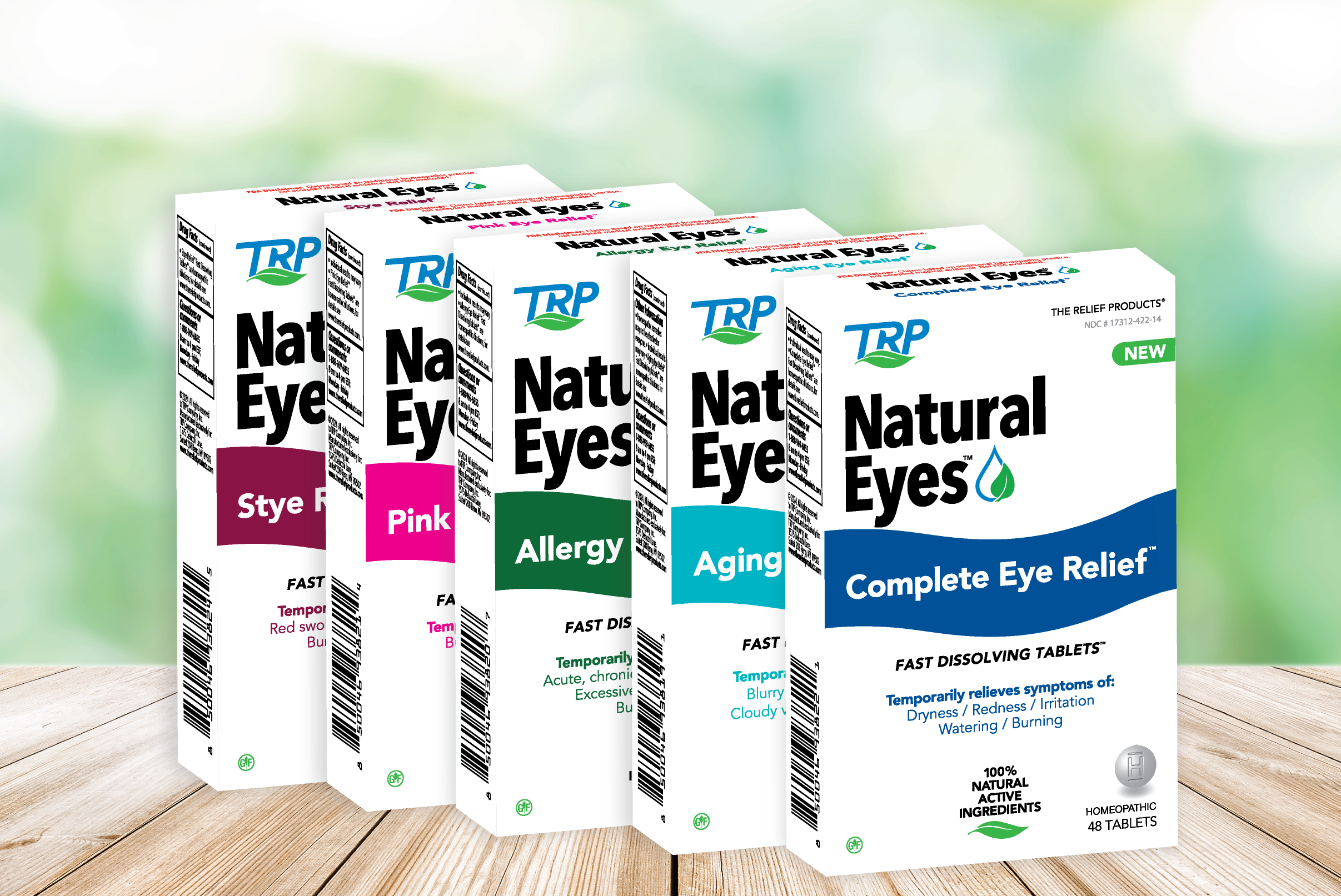
Red eyes, also known as “bloodshot” eyes, is a common condition that can have many causes. The whites of our eyes, known as the sclera, becomes red in color or may appear to have red, squiggly lines throughout. This is caused by the tiny blood vessels in our eyes becoming swollen or inflamed, usually due to environmental factors or a medical condition. Red eye symptoms can occur in one or both eyes and there are a variety of conditions that can cause it.
The most common causes for red eyes include:
• Eye fatigue
• Irritation from contact lenses or wearing a PPE mask
• Environmental irritants such as smoke and other airborne toxins
• Lifestyle choices such as smoking (tobacco or marijuana) or consumption of alcohol
• Chemical irritants / Allergic reaction
• Medical conditions such as dry eye, pink eye, eye fatigue from digital eye strain, Blepharitis, an eye infection, or an eye injury (corneal scratching).
• Pregnancy / hormonal changes
• A cold or seasonal allergy (itchy eyes from pollen, dust, dander, etc.)
• Overexposure to sunlight
• Some prescription drugs
In addition to your eyes looking red, symptoms may also include burning, itchiness, dryness, watering, and sensitivity.
In most cases, red eyes are not usually cause for serious medical concern. It is always a good idea to consult your doctor or physician if you experience red eye symptoms that last longer than 24-48 hours, especially if the redness is also accompanied by a severe headache, pain/ discomfort, fever, sensitivity to light, nausea and / or vomiting. Serious conditions such as Glaucoma can present with symptoms including increased pressure and redness of the eye. Additionally, if you have recently experienced a head or eye injury, loss or change of vision, have had recent surgery, or are experiencing discharge from the eye, you should seek medical attention.
Besides a visit to your doctor, there are some other steps you can take to help alleviate red eye symptoms.
Red Eye Drops
Many people opt for a redness reducing eye drop, but there is good reason to be cautious in doing so. Most eye drops formulated for redness relief contain active chemical ingredients known as vasoconstrictors. When your eyes become irritated, the blood vessels on the surface of the eye dilate and become larger, resulting in increased blood flow as the body attempts to repair the affected eye. Vasoconstrictors work by shrinking and constricting these inflamed blood vessels, visibly reducing the redness of the eye. While this may provide temporary relief from discomfort and enhance the appearance of the eye, it does not provide any lasting benefits. The temporary masking of symptoms actually prevents your eyes from recovering naturally from whatever irritant is causing red eye symptoms. Additionally, the use of eye drops that contain vasoconstrictors can result in “rebound redness.” This means that repeated use of redness relief drops can result in the blood vessels becoming permanently enlarged, ultimately causing red eye symptoms to become worse over time. In this case, maintaining clear, white eyes will require continued use of the drops indefinitely, which is not recommended. You may also experience a worsening of symptoms if you stop using the drops.

Instead, we recommend opting for a natural eye drop that is free from vasoconstrictors. This will allow for safe, continual use until your symptoms have subsided. Using a homeopathic eye drop that is free from harmful vasoconstrictors will stimulate your body’s natural self-healing capabilities. By using micro-diluted doses of natural ingredients (botanical, mineral, and biological) that would cause red eye symptoms in larger doses, the medicine is able to stimulate your body’s natural response to fight these symptoms without any negative side effects. “Today, these natural healing techniques have been incorporated into medical practices by over 400,000 health care providers in more than 65 different countries. As a result, millions of patients all over the world are experiencing the benefits of natural medicines and treatments” says Dr. Elise Brisco, Clinical Homeopath & Optometrist at Hollywood Vision Center.
Avoid Makeup & Contact Lenses
If you are still in the process of determining why your eyes are red, it’s best to avoid certain products in case they are the cause of your red eye symptoms. These items include contact lenses (which can easily irritate the eye) as well as makeup, specifically eye liner and eye shadow. It is possible your body is having a reaction to these products which results in red, irritated eyes. If you need to use makeup, consider buying some hypoallergenic products that won’t cause irritation. Additionally, be sure your contact lenses are properly cleaned on a regular basis before using them again.
Cold Compress
If you want to ease some of the discomfort associated with red eyes, try doing a cold compress 2-3 times per day until symptoms have subsided. Soak a clean washcloth or towel in cold water and ring it out. Gently place the washcloth or towel over the infected eye(s) for 5-10 minutes. This will help to alleviate some of the pain and swelling. Additionally, you may also want to try a warm compress, as this can naturally help to stimulate tear production. This helps to relieve symptoms as the eye becomes more lubricated.
Practice Good Hygiene
Practicing good hygiene can play an important role in preventing and minimalizing red eye symptoms. For starters, always be sure to wash your hands regularly and avoid touching your eyes whenever you can. This will help to prevent irritation and infection of all kinds. It is also a good idea to bathe or shower before going to sleep at night, or after you’ve been outside for an extended period of time. Allergens and irritants will often tagalong on your skin and clothing, increasing the chances for contact with your eyes. It is also a good idea to regularly wash clothing, pillowcases, sheets, and towels. This will help to further prevent any unwanted allergens from hanging around.






